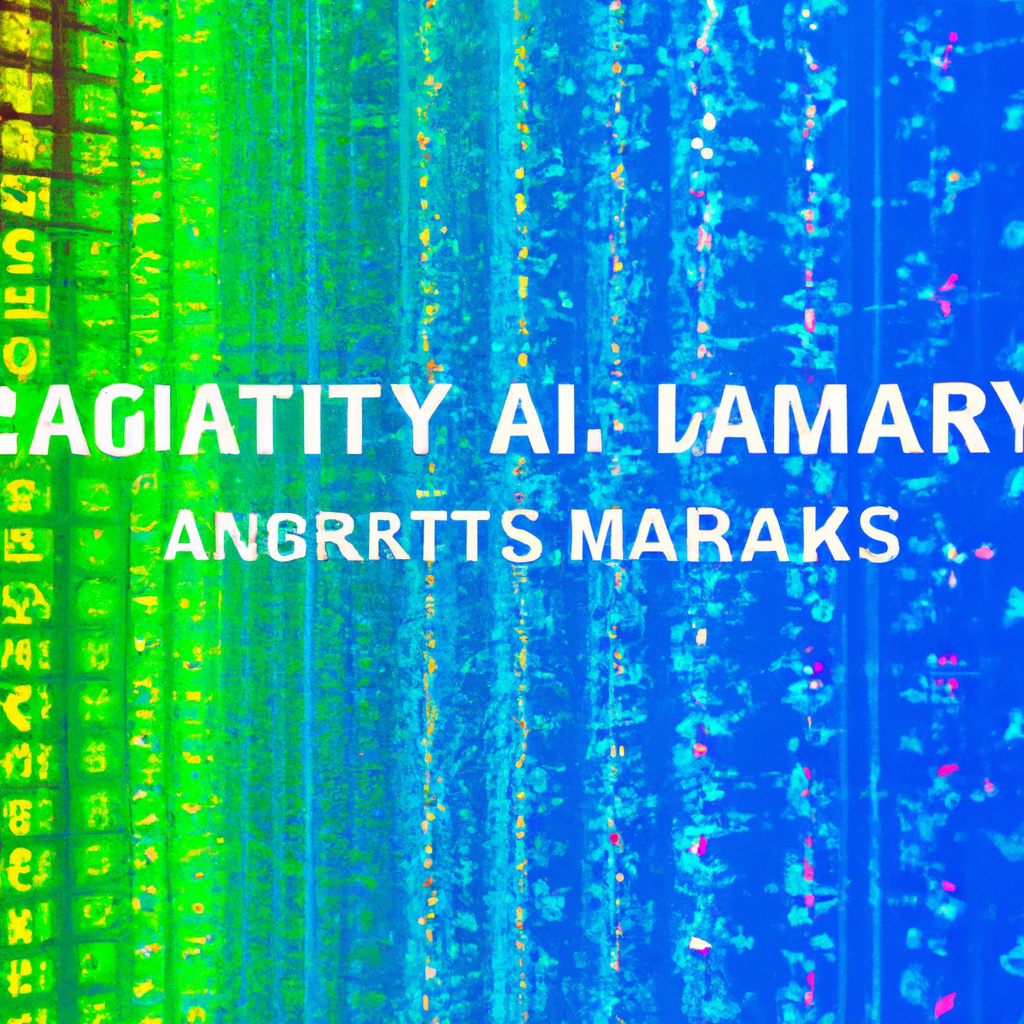Analyzing the Efficiency of Matrix Algorithms in Linear Algebra
Table of Contents
Analyzing the Efficiency of Matrix Algorithms in Linear Algebra
# Introduction
Linear algebra is a fundamental branch of mathematics that deals with vector spaces and linear mappings between them. It plays a crucial role in various fields such as physics, engineering, computer science, and more. One of the key components of linear algebra is matrix operations, which involve manipulating and analyzing matrices using different algorithms. In this article, we will delve into the world of matrix algorithms and explore their efficiency in terms of time and space complexity.
# Matrix Operations
Before we dive into the analysis of matrix algorithms, let’s briefly review some of the fundamental matrix operations. Matrix addition, subtraction, and scalar multiplication are relatively simple operations that have a time complexity of O(n^2), where n is the dimension of the matrix. However, more complex operations such as matrix multiplication and matrix inversion require more sophisticated algorithms.
# Matrix Multiplication
Matrix multiplication is a fundamental operation in linear algebra, and its efficiency is of utmost importance due to its widespread use in various applications. The standard algorithm for matrix multiplication has a time complexity of O(n^3), where n is the dimension of the matrices involved. This algorithm involves multiplying each element of a row in the first matrix with the corresponding element in a column of the second matrix and summing the results to obtain the corresponding element in the resulting matrix.
# Efficiency Improvement: Strassen’s Algorithm
In 1969, Volker Strassen proposed an algorithm that reduces the time complexity of matrix multiplication from O(n^3) to approximately O(n^2.81). This algorithm is based on the concept of divide and conquer, where the matrices are divided into smaller submatrices and the multiplication is performed recursively. Strassen’s algorithm achieves efficiency improvement by reducing the number of multiplications required to compute the resulting matrix. However, it comes at the cost of increased additions and subtractions.
Although Strassen’s algorithm offers a theoretical improvement in time complexity, its practical implementation is often slower than the standard algorithm for smaller matrices due to the increased overhead of recursive calls and additional additions/subtractions. However, for large matrices, Strassen’s algorithm can be more efficient, especially when implemented using parallel computing techniques.
# Matrix Inversion
Matrix inversion is another critical operation in linear algebra, particularly in solving systems of linear equations. The standard algorithm for matrix inversion has a time complexity of O(n^3) using techniques like Gaussian elimination or LU decomposition. These algorithms involve a sequence of row operations to transform the matrix into an upper triangular form and then back-substitution to obtain the inverse.
# Efficiency Improvement: LU Decomposition
LU decomposition is a technique that decomposes a matrix into the product of a lower triangular matrix (L) and an upper triangular matrix (U). This decomposition allows for more efficient matrix inversion, as the inverse of a triangular matrix can be easily computed. The time complexity of LU decomposition followed by back-substitution for matrix inversion is also O(n^3), but it offers advantages in cases where matrix inversion needs to be performed multiple times for the same matrix with different right-hand sides.
# Sparse Matrix Algorithms
Sparse matrices are matrices that have a large number of zero entries, which is a common occurrence in many real-world applications. Traditional algorithms for matrix operations are not efficient when dealing with sparse matrices as they perform unnecessary computations on zero elements. Therefore, specialized algorithms have been developed to handle sparse matrices more efficiently.
# Efficiency Improvement: Sparse Matrix Storage Formats
Sparse matrix storage formats aim to minimize the memory required to store sparse matrices and optimize the matrix operations accordingly. Some popular sparse matrix storage formats include Compressed Sparse Row (CSR) and Compressed Sparse Column (CSC). These formats store only the non-zero elements of the matrix along with their corresponding row or column indices. By avoiding the storage of zero elements, these formats significantly reduce the memory requirements and improve the efficiency of matrix operations on sparse matrices.
# Conclusion
Efficiency analysis of matrix algorithms is crucial for optimizing the performance of computational tasks that involve linear algebra. The standard algorithms for matrix multiplication and inversion have time complexities of O(n^3), which can be improved using techniques like Strassen’s algorithm and LU decomposition, respectively. Additionally, specialized algorithms for sparse matrices, such as sparse matrix storage formats, offer significant improvements in efficiency by exploiting the sparsity of the matrices. As technology advances, further research and development in matrix algorithms will continue to drive the efficiency and effectiveness of computational tasks in various domains.
# Conclusion
That its folks! Thank you for following up until here, and if you have any question or just want to chat, send me a message on GitHub of this project or an email. Am I doing it right?
https://github.com/lbenicio.github.io

